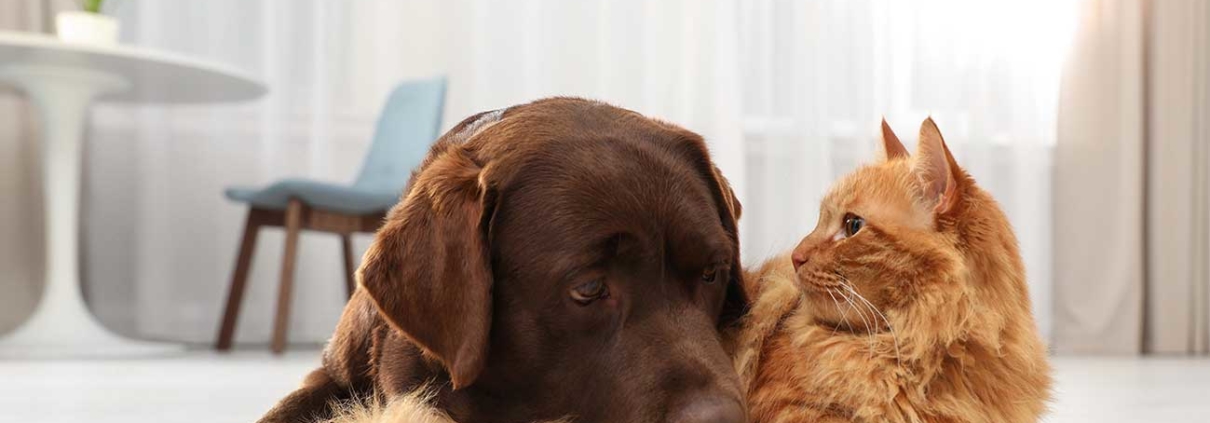My stuff, your stuff, our stuff
What this means in layman’s terms is that while our stuff may manifest differently from the stuff of our significant other, we have exactly the same amount. And the interaction of our respective-same-amount-of-stuff will keep playing out in the same old predictable cycle until someone decides to get help.
Cycles of interacting stuff
By far the most common arrangement of interacting stuff that I see (in both my individual and couple clients) is the anxious/avoidant relationship. The terms anxious and avoidant come from John Bowlby and Margaret Ainsworth’s attachment theory, which broadly identifies three relational templates – formed through our relationships with primary caregivers – that are pretty much in place by 2 years of age.
The strange situation
To assess these templates, researchers in the late sixties created an experiment called “the strange situation”, whereby they would watch mothers interacting with their 18 month old children. Mom, with a bug in her ear, would be asked to leave the room and a stranger would enter to watch over the child until mom came back in again. The researchers were particularly interested in the demeanor of the child when mom left, the child’s interaction with the stranger, and then the reunion when mom returned.
Secure attachment
The first set of kids interacted well with mom and were a little perturbed when she left, but were able to carry on playing with the stranger (in an albeit distant and polite kind of way) until mom returned for a happy reunion. These were the “securely attached” kids, who had received consistent caregiving and attunement since before birth. They had learned very early on that mommies never leave them with anyone frightening or dangerous, and more importantly, that mommies always come back.
When securely attached kids go to pre-school and see another kid crying, they offer comfort. Not only is this the pattern that’s been modeled to them, but they’ve also learned that the world is generally a safe and predictable place, and there’s no need to be upset for long.
Anxious attachment
The second set of kids interacted with mom as did the first set, but when mom left they became absolutely inconsolable and sometimes enraged. When mom returned they would do the cling/kick maneuver; clinging to mom because they were so terrified she’d leave again, but kicking at the same time because they were so mad that she’d left.
These were the “anxiously attached” kids, who had received inconsistent caregiving and a lack of emotional attunement. These kids never knew for sure if mom would come back or if the stranger was trustworthy. Furthermore, they were acutely aware of their inability to protect themselves, and thus lived in constant fear of abandonment. Every time mom left, they had to believe she was never coming back, because maybe this time, she wasn’t.
When anxiously attached kids go to pre-school and see another kid crying, they get upset too. Heartbreakingly, this is often what they’ve seen their caregivers do. And, when the world is scary and unpredictable, whatever trouble is befalling the other child is likely on the way to them too, even if they don’t yet know what it is.
Avoidant attachment
The third set of kids didn’t really interact with mom as the first two had, and didn’t show much of a response to mom’s coming and going at all; nor did they interact with the stranger. These were the “avoidantly attached” kids, who had learned at a young age that mom comes when mom comes, and that there’s very little they can do about it. Rather than using up valuable energy to summon help like their anxious counterparts, they close off and take care of themselves.
When avoidant kids go to pre-school and see another kid crying, they look over and wonder “why on earth would you do that?” and go on with what they are doing. Once again, this is what’s been modeled to them by their caregivers, and they’ve learned that regardless of the state of the world, there’s really no benefit in getting upset.
Pairings of attachment styles
The crunch comes when kids grow up and start engaging in romantic relationships. On the basis that we get together with someone who has the same amount of stuff, young adults with a secure attachment style manage to find each other, and their relationships play out pretty well.
While there are those who strongly believe themselves to be securely attached while care-taking a partner who is not, the proof is typically in the state and length of the relationship. Generally, the only time I see clients in therapy who have a secure attachment style is when something non-normative happens, like a botched surgery or the death of a child, that has nothing to do with how they grew up, or how they relate to their significant other.
With the secures all wrapped up with each other, this leaves the anxious and the avoidant styles available to pair up in one of three combinations; anxious/anxious, avoidant/avoidant, and anxious/avoidant.
Anxious/Anxious couples
Put an anxious with an anxious, and the result is a mess. These are the “can’t live with ‘em, can’t live without ‘em” always-in-crisis, high-drama couples where there’s so much clinging and kicking and fear of abandonment going on that it’s really hard to maintain any lasting relationship. These are also the couples who send therapists into early retirement.
Avoidant/Avoidant couples
Alternatively, you can put an avoidant with an avoidant. On the surface, this looks like a stable relationship where each party meets their own needs and drives for their own goals. Many power couples fall into this category, and can maintain their relationship for long periods of time. The problem comes when one of them unilaterally decides to have a baby, or to take a job in Hong Kong, and is astounded when the other objects. Because avoidants have always focused on their own well-being, they have no idea how to negotiate a solution that takes into account the needs of both, and typically end up calling it quits.
Anxious/Avoidant couples
That leaves the anxious/avoidant combination, which actually works pretty well for a time, as the anxious person provides the “glue” keeping things together, while the avoidant regulates the distance, keeping things from getting too messy. But after a while, the anxious person – who is acutely aware of their unmet needs – gets tired of their partner’s distance and lack of awareness. Meanwhile, the avoidant person – who is largely unaware that they have any needs, let alone that their anxious partner has been meeting them – is baffled by the “sudden” demand to step up.
These are the couples who come to therapy – usually because the anxious partner (the one with abandonment issues) desperately wants the relationship to work. The avoidant still doesn’t understand the problem, but comes anyway – largely because they just want things to return to how they were.
Whether therapy results in an improved relationship depends partly on how much “stuff” each side has to deal with. Mostly, however, success is predicated on each partner’s willingness to acknowledge that their stuff is impacting the relationship, and to do their own work.
The work ahead of the anxious partner
The anxious partner is usually fully aware of both their stuff and their partner’s stuff, but is of the mistaken belief that each person should be fixing the other. Not only are they mad that their needs have not been met by the avoidant, but they also get up in the avoidant’s business, unintentionally triggering their greatest frustration – the avoidant’s disappearance down into an avoidant hole. The work of the anxious partner is to learn how to meet their needs for themselves, and realize they can be in this relationship (or in any other relationship) out of empowered choice, rather out of powerless desperation and fear of abandonment.
The work ahead of the avoidant partner
The avoidant partner, on the other hand, is generally less aware of their stuff, and although they’ve heard ad nauseum about their partner’s stuff, they don’t see it as having anything to do with them. They are of the mistaken belief that everyone should – and does – take care of themselves, and have no idea how their avoidance, self-focus and unilateral decision-making unintentionally triggers their partner’s fear of abandonment. Their work is to learn how to carry their own weight in relationship, and realize that their partner needs to be nurtured, cared for and considered if the relationship is going to survive.
Earned secure attachment
The goal of the work is to achieve what’s called “earned secure attachment”, where both partners transform the templates of their early attachment experiences enough to be able to show up in secure, respectful, adult relationship.
Sometimes, it happens.
More often, however, the avoidant – who was perfectly happy before the anxious partner blew everything up – decides it’s just too much work, and enters into a new relationship – often with a new anxious person who is happy to do all the relational running (at least for a while). With their unknown needs being met again, the avoidant convinces themselves that all of the problems in the previous relationship were with their partner, and so the cycle begins again.
The true potential (at least in this therapist’s mind) is when the anxious person realizes that they are a fully competent adult who no longer needs to fear abandonment. At this point, they can go out and find another formerly anxious person, and the two make a beautiful, securely-attached life together, where each are attuned to the needs of themselves and the other.


 Book a session
Book a session 




 https://alicedaltonbrown.net
https://alicedaltonbrown.net